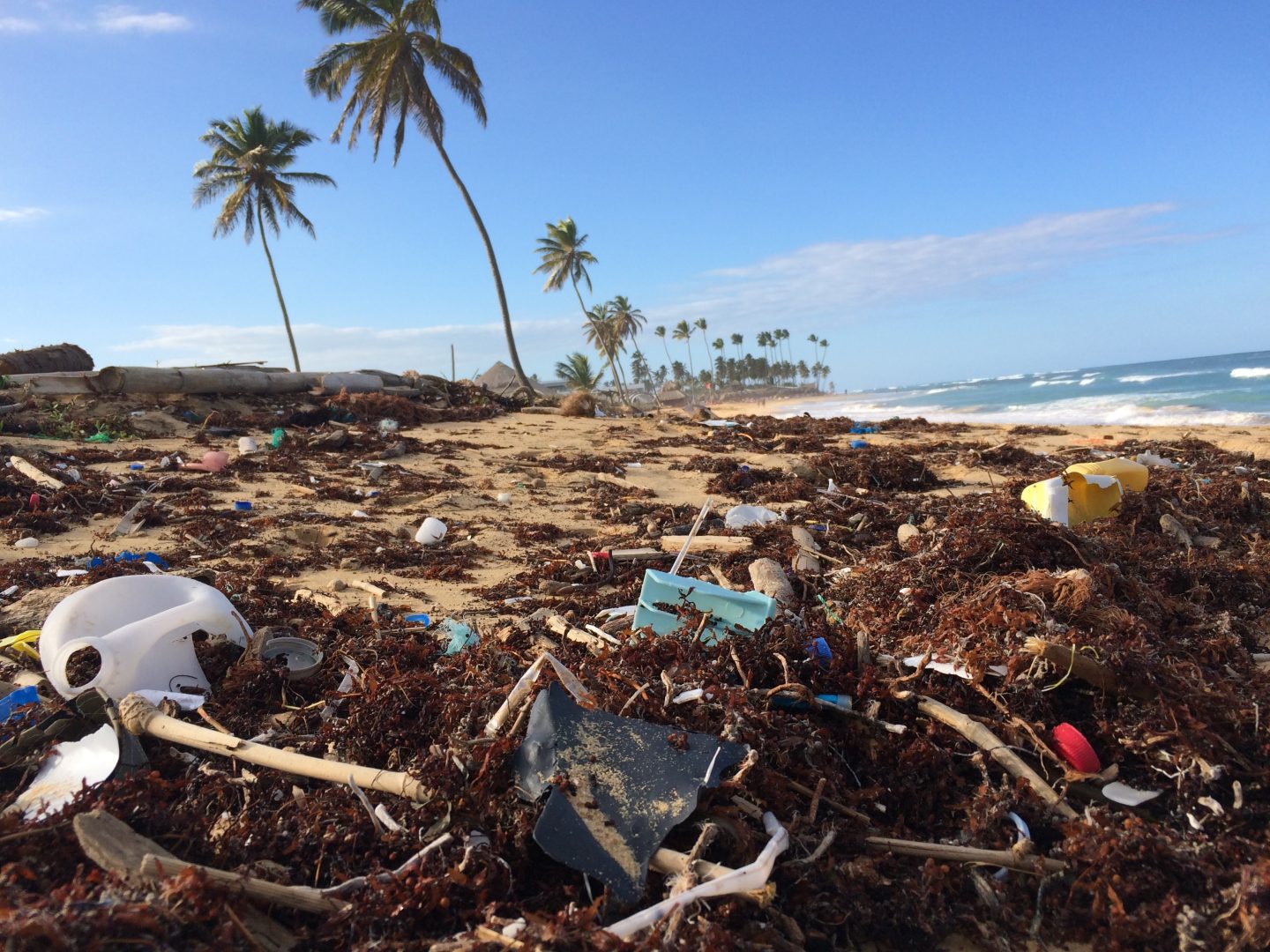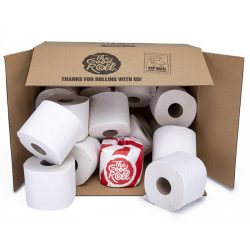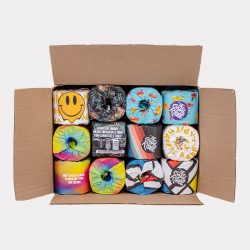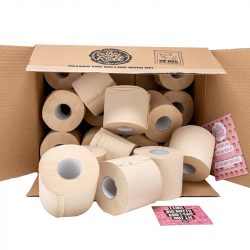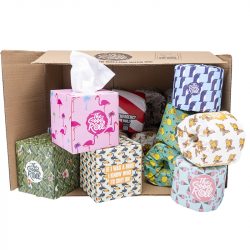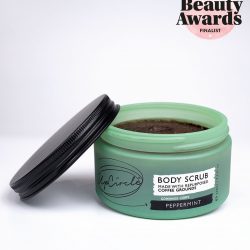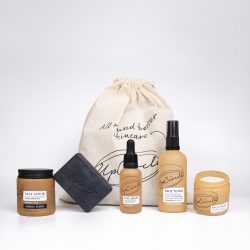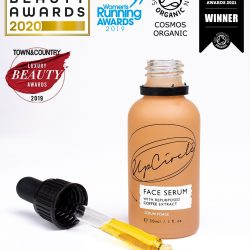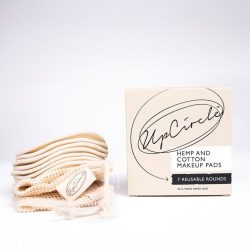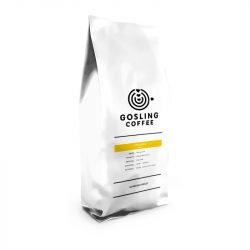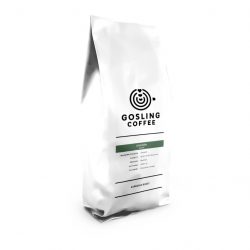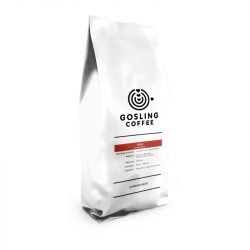In a world that is increasingly littered with garbage and with fewer natural resources, what can we change about our daily habits to minimize the human footprint?
Did you ever think that the human being is the only animal on the planet that generates “garbage”?
Every year, on a worldwide scale we generate 1.2 trillion kg of garbage.
Furthermore, the daily production of plastic in the world reaches 3.5 million tons. That’s 10 times the amount a century ago, according to World Bank researchers. Yes, we are drowning in trash.
But if you’re really looking to be shocked, this real-time counter of globally generated garbage can help. According to The World Counts, based on the waste we generate and the use of natural resources used up to now, projections indicate that by 2030 we will need the equivalent of 2 planets earth.
So… what’s my cut in all of this?
In the EU the average of garbage generated per capita is 505 kilogrammes a year. Although the Netherlands is not at the top of the table, the amount of waste per person annually (535 kg) did not decrease significantly between 1997 and 2019.

This means that in 30 years of life we generate 16.050 kg of garbage. Furthermore, a significant percentage of which, will take the equivalent of 7 times our lives to degrade.
So, we propose you to take action from your home. From small daily routines, to put words into practice. This is the case of Kathryn Kellogg, creator of the @going.zero.waste account, who was able to collect two years of garbage in a single jar.

Although she published all the details on her blog, such as some items that could not be included in the jar, such as condoms, the impact of this action is inspiring!
.
.
6 Unsustainable practices you can improve on
1- Shaving is part of the morning routine for many of us.
But… Did you know that on average, a person who shaves daily can burn through some 40-50 disposable razors each year. That means that, in a lifetime (supposing you started shaving at 14 and you live until 80) you would leave a legacy of 2640 razors on landfill.
Imagine if this is multiplied, only, by the members of your family? 🤯 In a house of 4 people, the number goes up to +10,000 razors. And this is just for razors, not to mention other products like toothbrushes, toothpaste tubes, shampoo containers…

If you’re still brushing your teeth with a plastic toothbrush, see more ideas for a zero waste bathroom.
We can do our part with 100% plastic-free bamboo razors, shampoo & conditioner bars, sustainable sourced bamboo toothbrushes, toothpaste tabs and more!
Bamboo takes less than 180 days to break down fully and can take as little as 45 days, so you can rest assured, your toothbrush won’t live longer than you
2- Shower time
Well, we don’t want to ruin it for you.
But…
A while ago we told you about the impact of wasting water for our planet. We learned that the average shower lasts 10 minutes and uses 75 liters of water. If we bath every day, we use +27,000 liters of water in a year!
That means more than 2 million liters of water in our lifetime just for showering. Reducing two minutes from our daily bath we can save +5000 liters per year.

Moreover, while showering, we may pollute water with some chemicals from products we used on our bodies. That is the case for Triclosan, an antibacterial product that is widely used for cosmetics, but mainly in deodorants. After it drains, triclosan can sit on the water’s surface and harm aquatic microorganisms.
But that is not the only polluting effect of deodorants. Conventional anti-BO products contribute the same amount of air pollution as motor vehicles. Spray deodorants emit volatile organic compounds that can lead to fog. And of course, there is plastic waste from containers, 7 million kg of plastic waste is created by the deodorant industry annually.
So why don’t we step back and stop wasting water and adding plastic to our legacy on earth? We have many options of products made with natural ingredients, which are gentle with our body and earth aligned.
.
.
3- Toilet time: This is a topic that may embarrass us, but it’s a fact, we all use toilet paper.
Did you know that only one person uses 141 rolls of toilet paper every year. With each tree felled to make toilet paper, around 800 rolls are produced. That means that every 10 years of using regular toilet paper, each of us have killed 2 trees. In a lifetime , that number can go up to 16 trees. Plus, on average a tree takes about 50 years to mature, so we better start planting ASAP!
This is fed by the accelerated deforestation so convenient for cattle raising and agriculture in general. It is estimated that 17% of the Amazon rainforest has been destroyed by human activity in the last decades.

What can we do with this? One possible way to minimize the impact is recycled paper products.
The Good Roll makes 100% recycled toilet paper, so 0 trees are cutted to make it. Also they donate 50% of their net profit to construct toilets in deprived regions in Africa.

.
.
4- Facial time: What does my facial routine have to do with coffee? (Read till the end to find out!)
Well, we may think that coffee is organic material that just goes back into the earth after we use it. The truth is that in order to make coffee grounds good for plants and trees, it must be composted for at least 90 days.
Each cup of coffee we drink uses about 15 grams of ground coffee. If we do the equation, each one of us, in 10 years, will have thrown 54 kg into landfill.
If we calculate that half of the total population of the Netherlands drinks coffee, in one year the waste would be 438 million kg.
You can make a difference by composting coffee grounds at home. After a while it can be a great fertilizer for your plants!
But it is also important to choose products that turn waste into gold.

These amazing UpCircle coffee face serum and eye cream are made with natural & upcycled ingredients from the remains of beans used to make coffee. In addition, these are 100% plastic free packaging.
.
.
5- Removing makeup
Have you ever thought about how much trash you generate with cotton round pads?
Well we do. Assuming that you use one for the eyes, another for the rest of the face and another for general cleaning or to apply micellar water every day, throughout the year that is more than 1000 pads thrown away. This is without counting when we use it to apply makeup, to remove stubborn makeup or other steps of your routine.
But the most feared enemy are wet cleaning wipes. As we saw in a previous article, they are a major contaminant. The danger of this invention is the speed with which they are used and discarded immediately, while the synthetic fibers from these products disintegrate into plastic microparticles ending up directly in our oceans.
And so comes this simple and great invention that is made of materials that are super careful for your skin and are friendly to the environment: Reusable pads.

Reusable pads can significantly reduce your daily waste. When you start using these pads, your daily waste comes down to zero. They can be washed +1000 times by hand or in your washing machine.
It all adds up, so every cotton round you swap for a reusable alternative reduces your daily environmental impact.
.
.
6- Coffee time:
Many of us love to start the day with a warm coffee and probably even have our favorite cup. Now… What happens when we are on the go?
Are you aware that paper coffee cups are almost always coated with a thin layer of plastic? This makes it harder for these paper cups to be recycled, in fact, they usually get dumped in landfills.
The main problem, accentuated by some hygienic measures of the pandemic, is that the estimated use for paper cups every year is 16 billion (or 6.5 million trees cut down).

Furthermore, these paper-based products take over 500 years to decompose. With about 1 million cups trashed away every hour, it is important for us to do what we can to reduce this number.
Some ideas to work on it:
- wake up 15-20 minutes earlier to prepare coffee at home or use that time in your favorite coffee shop.
- You can also carry a reusable coffee mug in your backpack to always be ready and ask for the coffee to be poured there to take away.
Another big problem in the commercialization of coffee is the exploitation of those who grow it, as well as the use of pesticides that put the health of farmers and the land at risk.
So if you didn’t know it yet, we will present to you Goslin coffee.

“Gosling Coffee supports the farmers with a 5-year loan to buy new land and utilities. After purchasing they arrange the transport to Amsterdam and roast the coffee beans in their roastery. This way, they are able to make the coffee value chain shorter, sustainable and more transparent.”
.
.
We hope you enjoyed this article!
Stay connected for part 2 😀

